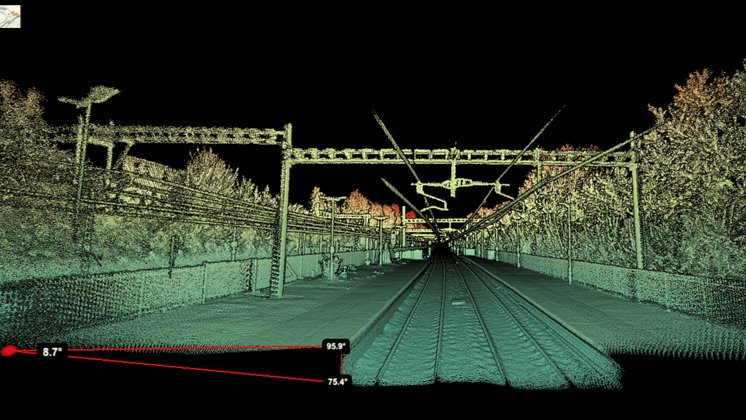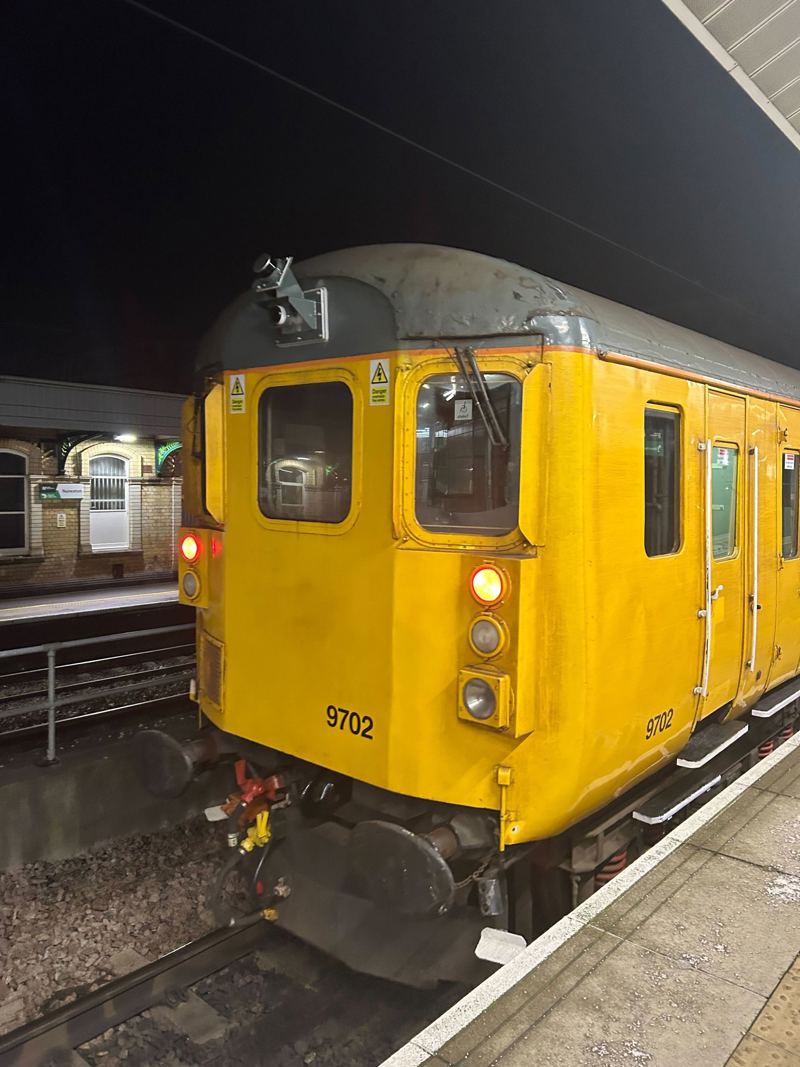
New sensors and artificial intelligence technology are being used to help measure platforms on Southeastern’s network and improve level boarding in future.

New sensors and artificial intelligence technology are being used to help measure platforms on Southeastern’s network and improve level boarding in future.
Two Network Rail’s ultrasonic rail inspection trains are being fitted with Light Detection and Ranging (LiDAR) and AI-processing technology to produce 3D models and accurate measurements of Southeastern’s metro station platforms.
Level boarding is currently not possible on the Southeastern network, but the operator wants it to be part of the rolling stock tender for a potential new Metro fleet.
The work is being done with Cordel, a firm that uses AI for inspections and surveys on railway networks.
Mark Johnson, Engineering Director at Southeastern, said: “We want our upgraded Metro fleet to be a gamechanger for customers, not only in terms of performance and operating costs but also a major step forward for accessibility, too.
“However, we also know simply getting new trains won’t fix the historic issues we face across our railway.
“Our joint work with Network Rail and Cordel will, for the first time, provide highly accurate, 3D measurements of our platforms, including their height, curvature and gaps from trains. This information will be absolutely invaluable for manufacturers and suppliers to provide the best possible train for the Southeastern network.
“Work is already underway on our network and we look forward to the first data arriving in the coming weeks. “
Rebeka Sellick, Business Development Manager at Cordel, told RAIL Southeastern was “pioneering” the use of its technology for level boarding purposes, so the initial focus is on Kent.
“However, Cordel is collecting data across the network, and other Train Operators (and other railway companies) are welcome to get in touch with Cordel for level boarding - as well as a raft of other use cases for infrastructure data, from vegetation volume measurements and precisely locating assets to clearances and gauging,” she said.

Cordel’s LiDAR point cloud survey capture is approved to NR/L2/TRK/3100, while its AI outputs are approved to relevant NR standards such as NR/L2/TRK/3204 for all gauging survey file production (for structures, station platforms and track intervals).
Sellick added: “Our gauging file accuracy is 11mm for structures and platforms and 16mm for track intervals, similar to other methods, even though we capture data as we pass at 90mph and can rapidly turn it round into NR-compliant standard files at scale.”
Southeastern has said that level boarding is “not something we can fix in isolation, but we are doing what we can”.
Sellick explained that once all the platform data is known, “the best choices for passengers can be made”, combining train design and procurement, operations, stop board positioning and platform work.
Gareth Dennis, co-founder of the Campaign for Level Boarding, welcomed the idea of technology that can speed up making train travel more accessible.
He said: “As a tool, if this gives us that information (about platform measurements and potential work required), that’s very helpful. It’s great in that sense.”
Login to continue reading
Or register with RAIL to keep up-to-date with the latest news, insight and opinion.


















JasonK - 15/01/2025 22:35
It is great to see Cordel's AI being deployed in the UK.